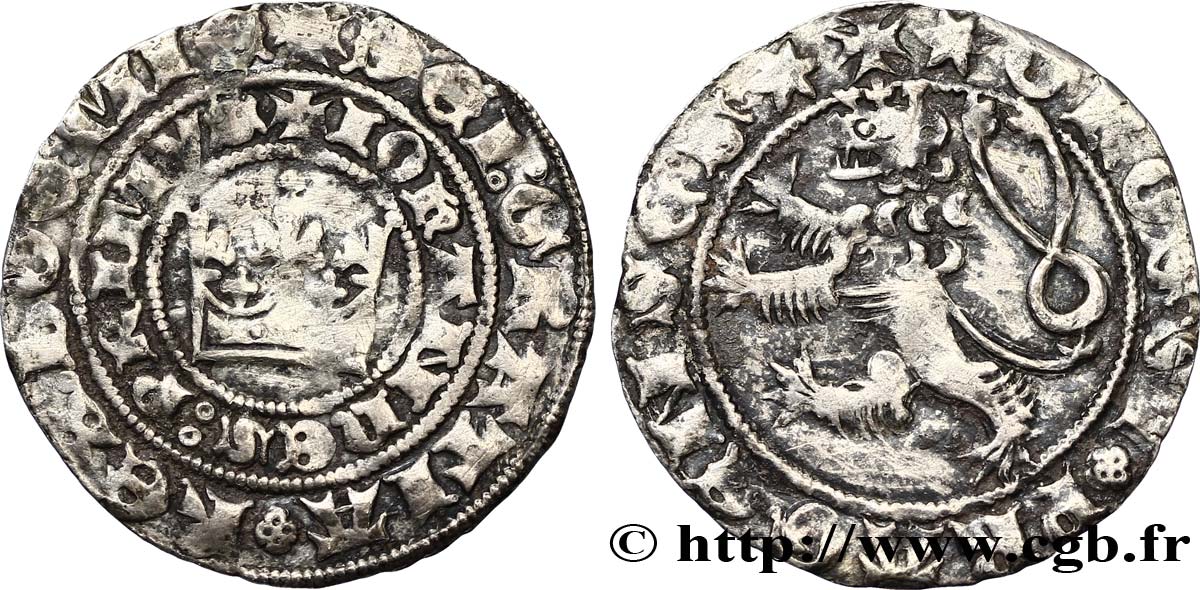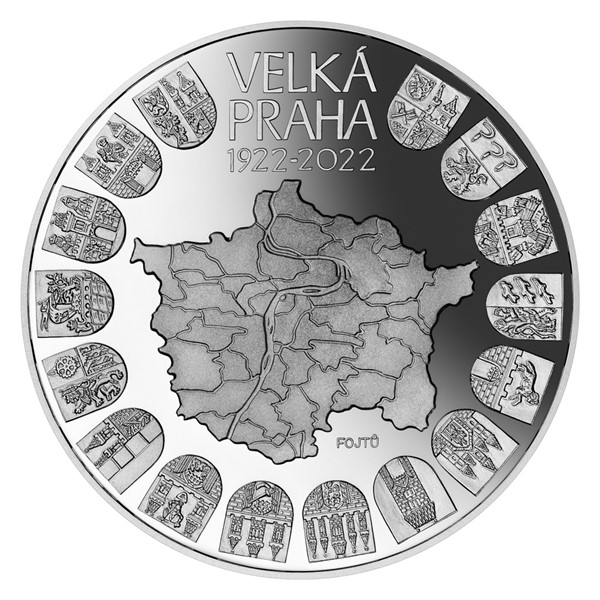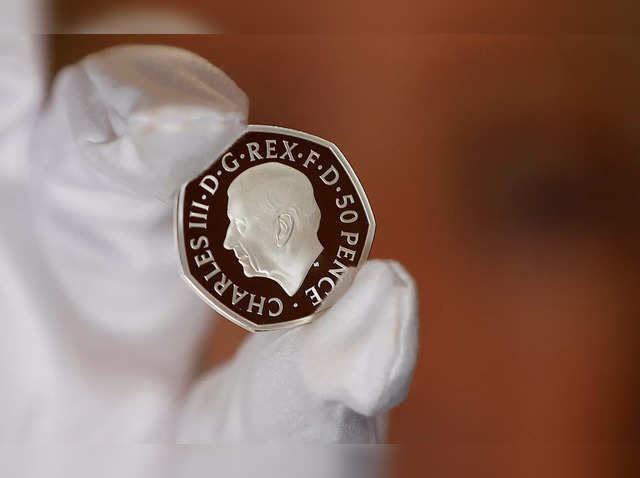Good Suggestions For Cnc Machining Prague Mint Coins
Wiki Article
What Is A Mold Made Of Plaster? Used To Make An Initial Physical Representation Of A Coin Or Medal?
A gold coin or gold medal design can be used as a design reference by the designer or artist. This design may be a simple sketch drawn with a pencil, or it may be a digital image made using graphic software. You can also use other materials like clay or wax.
Preparation of Plaster- Plaster is mixed with water to make an easily workable consistency. It's important to have an even mixture that is free of lumps.
Creating the BaseThe base, also known as a platform is made in which the maquette is created. This base could be a board of wood or a flat surface which provides stability.
The Maquette is sculpted using the gold pattern as a template. This is the process of making the plaster into a 3D or relief representation of the coin.
Refinement and detailThe artist focuses on adding more details, enhancing the contours, and also ensuring the accuracy of features and proportions within the design. This stage demands accuracy and focus.
It is important to allow the plaster to dry out and setWhen a sculpture is done, it will require some time to set and set. This will allow the maquette to harden and retain its shape.
Following drying, the surface is cleaned to remove bumps and rough spots.
Sealing and Preservation - To preserve maquettes, and to prepare them for the future process for scanning, or mold making, an adhesive or protective layer can be applied.
The resultant plaster maquette acts as a tangible representation for the design of the gold coin or medal. The maquette of plaster is used to design molds to make mass-production production possible and also to serve as a source material for other stages of the production process. See the most popular Czechoslovakia gold coins plaster molds site info. including chinese gold coins, gold bullion cost, coin buy silver, bullion dealers near me, 1933 double eagle, 1 0z gold price, american buffalo coin, 1972 gold dollar, 24k gold bullion, cheerios sacagawea dollar and more.

Why Is Vacuum Hardening Used On Dies Used To Create Gold Coins Or Medals?
The vacuum hardening of dies used to strike gold medals and coins is done by subjecting them to extremely high temperatures under controlled conditions in a chamber. Here's a quick guide on how to harden dies using vacuum.
It is essential that dies used for striking coins and medals are free of any contamination and residues.
The loading process is done in the vacuum Furnace
The dies may be put in a vacuum oven that creates a vacuum within the heat-treating area.
Evacuation from Air
The vacuum oven eliminates all air from the room making it a clean space free of oxygen as well as other gases. This guarantees uniform heating, and also prevents the oxidation process from occurring.
Heating Phase
The furnace is heated up to the desired temperature needed to harden the dies. The temperature will depend on the material that is used and how it is to be shaped.
Drinking at high temperatures
Die dies need to be kept at a high temperature for a certain duration to allow the material to achieve the desired hardness.
Quenching (or Cooling)
Using specialized methods that allow dies to be quickly cool down or melted after the soaking process. The fast cooling process ensures the desired toughness and hardness of the steel.
Tempering Optional
In some cases, the hardening is followed by a tempering process. Tempering involves heating the dies to a lower temperature in order to ease stress and maintain their toughness.
Quality Control and Inspection
The hardened molds are thoroughly checked and verified to ensure that the dies are in compliance with all of the specified requirements.
Post-Treatment Handling-
After the process of vacuum hardening is finished Die dies are then subject to further processes like polishing or coating before they are used for the coin or medal striking process.
The process of vacuum hardening improves the durability and wear resistance and life expectancy of the dies used to create coins or medals. In ensuring a safe and contaminant-free environment it provides an efficient and consistent method to make the dies harder. View the best vacuum hardening Prague Mint gold coins blog examples including gold silver bullion, gold and silver coins, american eagle gold coin 1 oz, online silver buying, 2000 gold dollar, buy gold and silver, bullion dealers, 1972 gold dollar, gold and coin shops near me, 1 0z gold price and more.

How Are Gold-Plated Coins And Medals Shielded From Corrosion With A Coating?
Coating gold medals or coins is done for various reasons. It can be used to protect, improving the appearance or achieving a specific aesthetic appearance. Below are the various types of coatings that are used.
Clear Protective Film (Varies). This clear protective film, which may include lacquer and a polymer, protects the surface of the coin from oxidation. The coating keeps the original appearance of the medal or coin and also protects the underlying metal.
Improvement in appearance
Gold plating (or gold plating) A thin layer of gold can be applied to the surface of gold coins or gold medals. This results in a medal or coin having a a more luxurious, lustrous surface.
Aesthetic Effects
Antique or Patina finishes- Chemical treatments or coatings that are specialized are used to create the appearance of an antique or patina finish. This creates a surface that appears aged and oxidized.
Colorization or Coloring - Some metals or coins are colored in specific areas by using coatings, enamels, or specialized coatings. These colors can be used to highlight particular design elements or to make a contrast.
Anti-Tarnish Coatings-
Anti-Tarnish Solutions: For coins or medals that have intricate designs or areas susceptible to tarnishing, anti-tarnish coats or solutions might be applied. These coatings stop the metal's surface from discoloring or oxidizing over time.
Specialized Coatings For Security For Authentication
UV-Reactive Coatings. Certain metals and coins have a specific UV-reactive coating which reacts to UV light. It can reveal hidden components like encryption or security codes.
Selective Coatings For Contrast
Selective Coating removalIn some instances coatings are removed selectively from particular areas, on the medal or coin, to create contrast, between the polished and coated surfaces, while highlighting design elements.
Each process serves a distinct goal, whether it's to protect metals, improve appearance, create specific aesthetic effects, and/or increase security. The coatings significantly impact the durability and aesthetic appeal of gold-plated coins and medals. They also enhance the value of these items. Check out the top rated coating Czechoslovakia gold coins website examples. including coin gold silver, gold piece price, bullion dealers near me, golden and silver, gold buy bullion, gold buffalo, gold bullion coins, today's 1 oz gold coin price, gold and silver dealers, gold bullion and more.

How And Why Are Some Gold Medals Or Coins Altered To Give Them An Aged Or Antique Look?
There are many reasons to do this, such as aesthetic preferences as well as historical or collector demands Gold coins and medals can be processed to give them an antique or aged look. This article explains the process and how it's accomplished. Processes for creating an Antique Appearance
Chemical Patination: Chemical treatments that involve acids or patina-inducing solution are applied on the surface. These solutions create an controlled oxidation or tone, which gives the coin or medal an antique or aged look. This can be used to emphasize design elements and add depth.
Artificial Aging - Chemical or mechanical techniques can be used to mimic the natural wear and tear that happens with age. The use of abrasive tools or treatments is employed to create scratches and worn areas.
Toning and Staining: Specific solutions, also known as heating treatments are utilized to color or stain the surface. The result is a wide range of hues or shades. It can also be used to mimic the natural discoloration and toning of skin that occurs in the course of time.
Buffing and Polishing Techniques A specific area is selected to be buffed or polished to remove the layer of surface or highlight, thereby creating the appearance of wear and aging.
The reasons to create an Antique Appearance
Aesthetic Appeal - Some collectors or even enthusiasts like coins or medals with an antique appearance for their aesthetic appeal. The appearance of aging provides depth and character the design. It's visually stunning.
Historical or Commemorative Significance - Coins or medals that honor historical events or periods may undergo aging procedures in order to emulate coins from that time period or convey a true sense of history.
Antique coins and medals are more collectible. Collectors who seek out exclusive or limited edition items often prefer antiqued tokens or coins. The worn appearance may add to their value and appeal.
Highlighting the Design Details Ageing processes can enhance the fine detail of the design by creating contrasts between the surfaces that are raised and recessed. This helps to make the design more noticeable.
Minting authorities who are artistic may use aging methods to express their artistic vision. They can give depth to the design, tell a story, or incorporate symbolism.
Create an antique appearance to gold coins and other metals with a deliberate design choice. It can evoke memories of nostalgia, add visual intrigue, or convey history. It is important to strike a balance between the aesthetics and the inherent value of the item. Take a look at the best antique finish of Prague Mint gold coins blog info. including gold coins, 100 gm gold biscuit, gold price jm bullion, 1 oz gold coin, gold coins for sale, ebay gold coins, olympic games gold medal, 1975 gold penny, krugerrand coin, gold bullion for sale and more.
